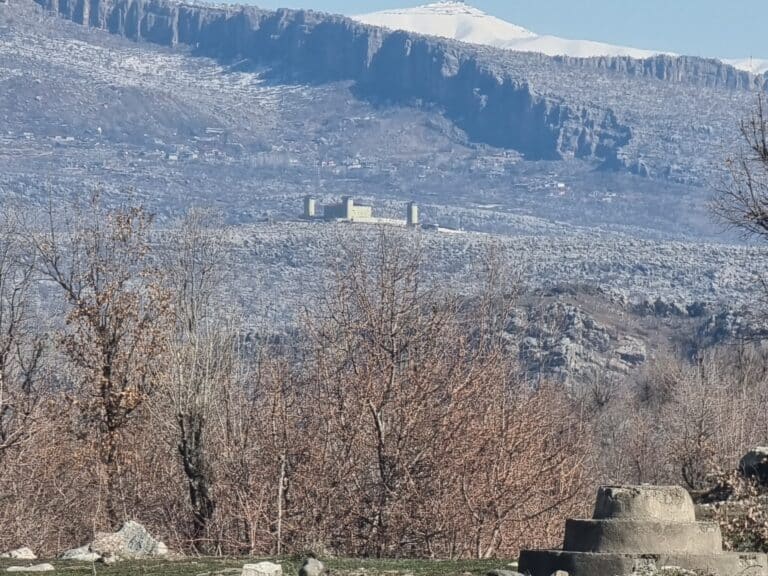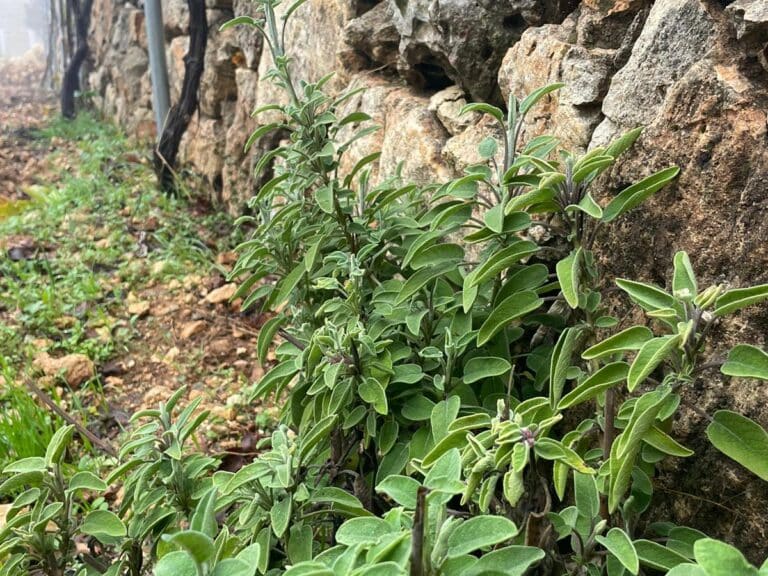CPTnet
6 February 2013
ABORIGINAL JUSTICE: Haudenosaunee,
settlers to mark covenant’s 400 years
by Chris Sabas
Haudenosaunee nations
and their allies in the Hudson River region are gathering to commemorate
the 400th anniversary of their first covenant with European settlers
and renew commitments made in it. The official launch of the Two Row
Wampum Renewal Campaign is Monday, 11 February, in Syracuse, New York, USA.
Primary campaign
sponsors, the Onondaga Nation and Neighbors of the Onondaga Nation (NOON), hope
to “polish the chain of friendship” between the peoples by promoting
understanding and respect for native nations through lectures, concerts,
celebrations, historic reenactments and collaborations with Haudenosaunee
speakers in Albany, Rochester and Ithaca.
 |
|
|
Jake Edwards, Onondaga Nation Council photo courtesy Two Row Wampum |
The Onondaga is
one of six member nations of the Haudenosaunee (“People of the
Longhouse”), also referred to as the Iroquois Confederacy or Six Nations.
Allied for hundreds of years and united by common traditions, beliefs and
cultural values, the Haudenosaunee also include the Mohawk, Oneida, Cayuga,
Seneca and Tuscarora nations.
The Two Row Wampum
Belt
(“Guswenta”) is the Haudenosaunee record of the first agreement between the
Haudenosaunee and the first European settlers, the Dutch. It formed the basis for all of the subsequent
treaties with the French, English, and United States. The agreement outlines a mutual, three-part
commitment to friendship, peace between peoples and living in parallel forever
(as long as the grass is green, as long as the waters flow downhill and as long
as the sun rises in the east and sets in the west). Throughout the years, the Haudenosaunee have
sought to honor this mutual vision and have increasingly and consistently
emphasized that ecological stewardship is a fundamental prerequisite for this
continuing friendship.
The belt has three
rows of white and two rows of purple beads made from quahog clam shells. One purple row represents the Haudenosaunee
in their canoes and the other represents the Europeans in their ships, each
carrying their way of life, culture and government. Both paths, or vessels, move side by side in
the same direction, neither interfering with the other, moving into the future,
into infinity (and hence, the Two Row Wampum).
To this day the Haudenosaunee consider it the basis of diplomatic
relations with the United States.
Endorsing the
initiative, the Haudenosaunee
Grand Council
calls on the United States and Canada to “polish the Covenant Chain that binds
this agreement and provides a process to work as Brothers to resolve our issues
such as jurisdiction, land, water, treaty rights, self-governance and peace
between all nations and Mother Earth.”
The highlight of
the campaign is an epic canoe trip, beginning in
Albany on 28 July and ending in New York City on 9 August, the United Nations’ International
Day of the World’s Indigenous Peoples.
Get involved by following the official website, Facebook page or @HonorTheTwoRow on Twitter. An online auction has been
launched to benefit the Two Row Campaign, ending at noon on 11 February.



